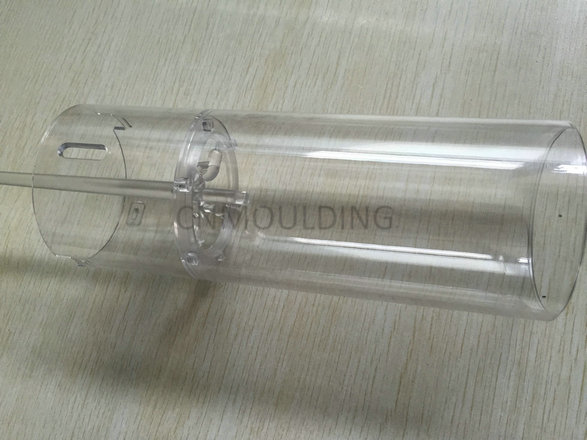Medical equipment involves multiple sectors pharmaceuticals, machinery, electronics, plastics, etc. In which the rapid development of China plastic medical devices. Plastics have been used widely to create medical tools. And devices like surgical gloves, syringes, insulin pens, IV tubes, catheters, inflatable splits, etc. Such products are created for one-time use. Help prevent the spread of dangerous diseases by eliminating the need to sterilize and re-use a device.
Medical uses for plastic materials include:
Thin tubes called catheters are used to unblock blood vessels. The deposit obstructing the vessels can be broken down with a tiny spiral-shaped implant called vessel support. The vessel support is made of plastic developed specifically for the medical field and charged with active substances.
Plastic pill casings are made of tartaric acid-based polymers that gradually break down. Slowly releasing the required medication over the required amount of time. These tailor-made pharmaceutical delivery systems help limit the number of pills a patient must take to get the required dose.
Synthetic materials can also play an important role in repairing diseased arteries that cannot be helped via vessel support. After removing the affected section of the aorta. A flexible plastic prosthesis bridges the gap.
People with severely impaired hearing can now have plastic implants inserted that allow them to hear the sound again. The implant is made up of several components including a microphone. A transmission device that is connected to a micro-computer worn on the body. Additionally, there is a stimulator and an electrode carrier with 16 electrodes, and 16 different frequency ranges. This device transforms acoustic impulses into electrical ones bypassing the damaged cells and stimulating the auditory nerve directly.
There is also a whole array of plastic disposable medical products. Including bedpans, insulin pens, IV tubes, tube fittings, plastic cups and pitchers, eye patches, surgical and examination gloves, inflatable splints, inhalation masks, tubing for dialysis, disposable gowns, wipes and droppers, urine continence, and ostomy products. The use of plastic materials in hospitals is almost endless.
[caption id="attachment_3881" align="alignnone" width="605"]The Advantages of Injection Molding Techniques in Medical Applications:
(1) A polymer material with good mechanical properties, and chemical stability. More suitable for medical use.
(2) A rich source of polymer materials. Inexpensive disposable medical supplies are made to avoid traditional material products due to high prices.
They had to repeatedly use disinfection and problems caused by secondary infections.
(3) More easily modified plastics have good tissue compatibility. Flood compatibility of products.
(4) Made of plastic low cost, suitable for a variety of molding methods. Ease of processing into complex shapes. And the development of new medical products.
Medical Grade Plastics
The standards and limitations for the use of materials for medical applications are very stringent. The invention of various types of materials. With suitable properties and injection molding techniques. The possibilities of the use of plastic resins for medical applications have increased.
The following are the key considerations for selecting medical-grade plastic resins.
1. Strength: Depending on the type of medical equipment being considered.
2. FDA rules Are different for different medical devices (tubings, implants, surgical instruments, etc).
3. Thermal and Chemical resistance: Important aspects, considering medical sterilization needs.
4. Molding techniques: Different plastic resins can be selected depending on the molding technique being used- injection molding or insert molding.
5. Operating conditions: Includes factors like corrosion resistance, temperature, strength, flexibility, radiation exposure, etc present while the device is used.
Compared with ordinary plastics, medical plastics molding parts require higher:
(1) Since most toxic monomers and oligomers. Medical plastics are strictly limited to the residual of the foregoing.
(2) Plastic molding in the polymerization process inevitably comes into contact with the reactor, and metal catalysts. Which often contain trace metal ions, according to the medical plastics GB. The requirement for zinc, lead, cadmium, copper, barium, and tin. Other metal ions residual cases are clearly defined.
(3) Requirements for medical plastics molding with high purity. Narrow molecular weight distribution.
(4) Chinese plastic molding processing or modified in the process need to add various additives. Such as the amount of plasticizer in PVC medical products is often as high as 30-60%. This required maximizing the use of toxic chemicals. To prevent long-term use or reduce the precipitation of additives to affect product performance and treatment.
(5) In accordance with the requirements of medical plastic. We often need to make products with surface hydrophilicity. Anti-radiation sterilization, and other functions.



 Beauty instrument injection molding[/caption]
Beauty instrument injection molding[/caption]
